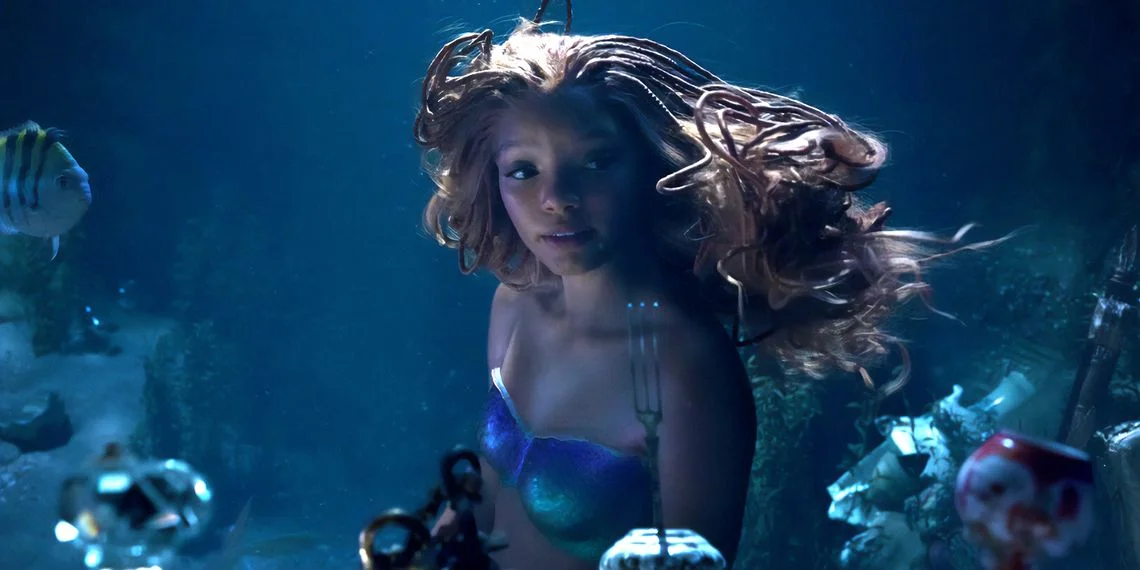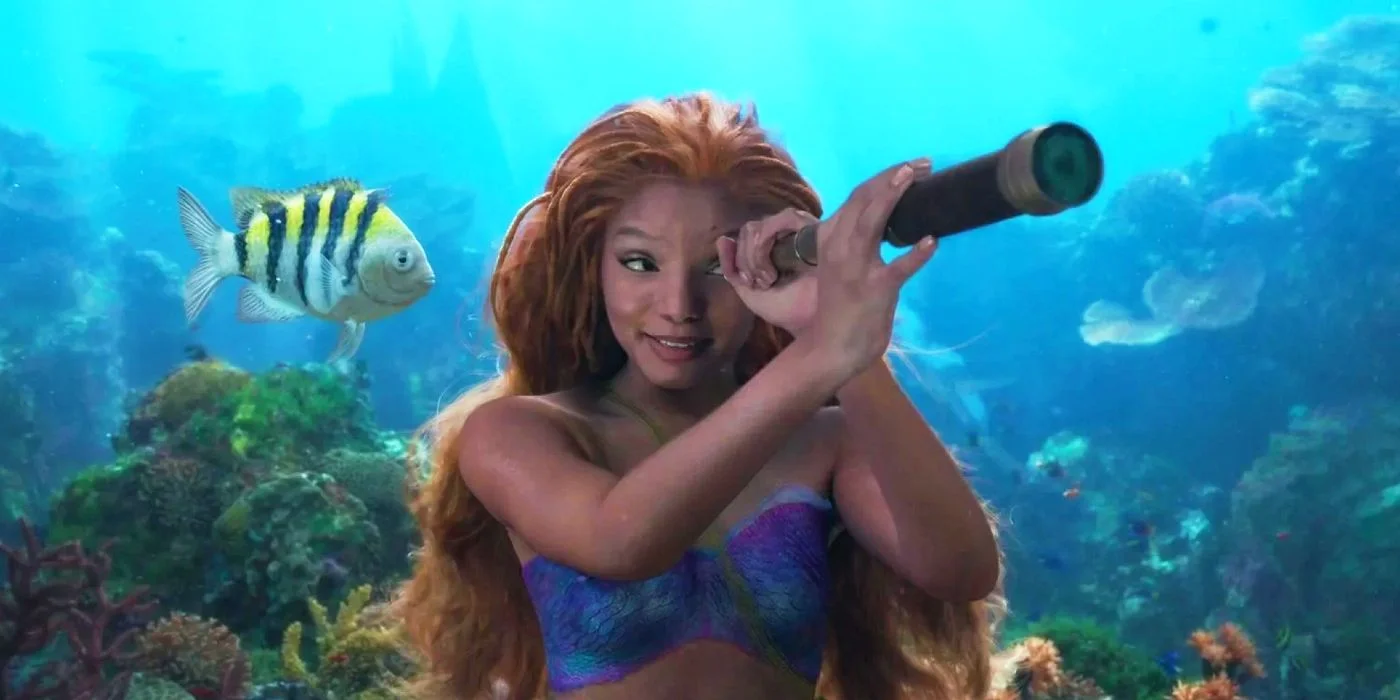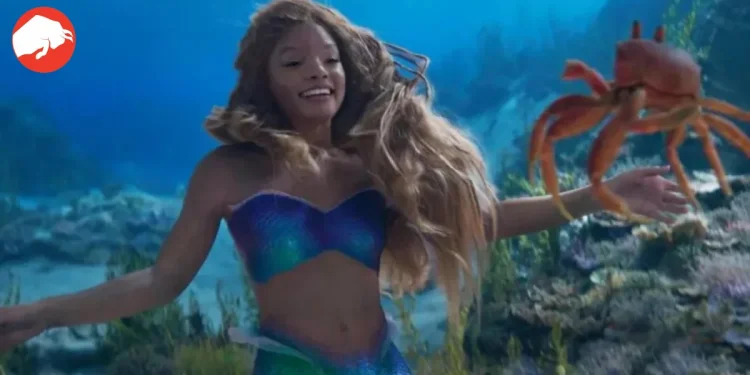When Mermaids and Physics Collide: Corridor Crew’s Dive into ‘The Little Mermaid’
Disney’s 2023 live-action remake of ‘The Little Mermaid’ floated to the surface with an ocean of expectations but seems to have only made a moderate splash. With Halle Bailey as the enchanting Ariel, the film took on the Herculean task of making underwater magic on the silver screen. The result? A sea of mixed reactions, especially concerning the film’s visual effects. The VFX masters at Corridor Crew recently took a deep dive into the project, revealing what they think went amiss in the oceanic opus.
“The video, as seen above, sees three of the artists detail the various issues behind the underwater sequences from the movie, ranging from the improper hair physics to the way light improperly shines off of the characters’ skins, despite being deep underwater where light shouldn’t be able to reach.”
From Glowing Skins to Flowing Hair: What Sank in Ariel’s Ocean?
Helmed by Disney veteran Rob Marshall, ‘The Little Mermaid’ had the resources. Yet, the Corridor Crew’s expert breakdown showed that something was fishy in the underwater kingdom. They raised points about how light seemed to defy physics, shining in places where the sun’s rays should barely reach. Moreover, the hair physics for Ariel and other characters often seemed more suitable for a wind tunnel than the ocean’s depths.
“Despite their criticisms, the group acknowledged that they weren’t the target audience for the movie, and that it’s still very well-executed.”

Budgets, Beasts, and Mermaids: A Comparative Deep Dive
When you look at ‘The Little Mermaid’s’ reported $300 million production budget, the stakes get even higher. The film’s underwater ambitions seem even more daring when compared to James Cameron’s ‘Avatar: The Way of Water,’ which had a staggering budget of nearly $400 million and opted for practical 10-minute bursts for its underwater scenes.
“This figure seems even more prevalent when comparing it to Avatar: The Way of Water, which cost a reported $400 million to make, nearly $100 million more, and largely shot its underwater sequences practically in 10-minute bursts rather than solely on a blue screen.”
Fantasia Versus Realism: Why ‘The Little Mermaid’ Gets a Pass
Disney films invite viewers to a world of magic and whimsy, and ‘The Little Mermaid’ is no exception. While the Corridor Crew may have highlighted what seems like a tide of VFX issues, it’s crucial to remember that Ariel’s kingdom is one of talking crabs and singing fish. In a realm so magical, perhaps the physics can afford to be a little ‘fantastical.’
“The Disney remake exists in a more fantastical setting inviting a bigger suspension of disbelief from its audience as it explores a world inhabited by talking sea creatures and magical mermaids.”

The Young and the Restless: Ariel’s True Audience
Critics may be making waves about the movie’s VFX, but let’s not forget who really counts here: the younger audience, the Disney+ generation who are meeting Ariel for the first time. For them, a ‘realistic’ deep ocean setting might not be as entertaining as a fantastical one filled with wonder.
“A fully realistic depiction of the deep ocean could’ve ultimately alienated viewers rather than entertain.”
As we look forward to future adaptations and maybe even a ‘Little Mermaid’ sequel, one thing is certain: when it comes to Disney, the magic is always in the details—even if those details include bending the laws of physics. And while VFX artists like those at Corridor Crew can point out the imperfections, it’s the spell of the story that truly captures audiences.









